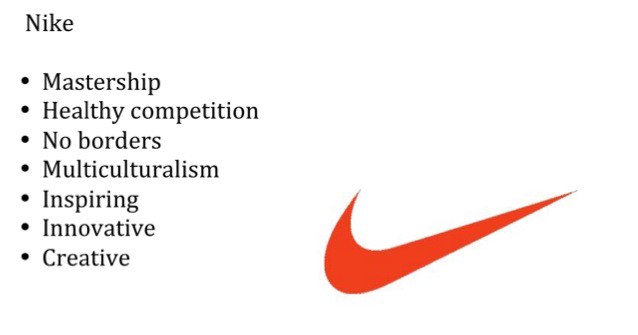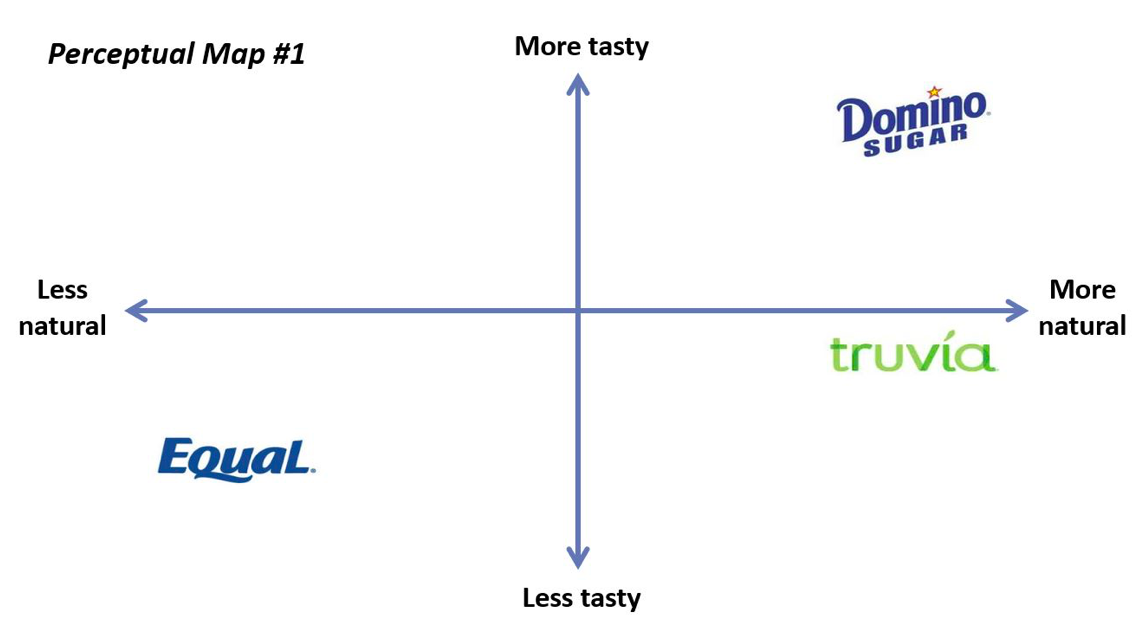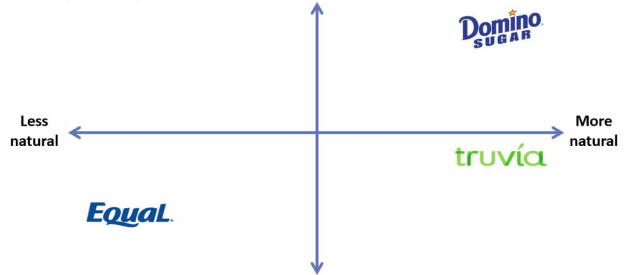Brand identity is what makes a company noticeable. Learn how to develop a top brand identity design for your startup or business.
When you think of identity, you think about the attributes that make someone the person they are. The parts of themselves that make them unique. Their identity can include the sort of person they are ? their sense of humor, their personality, the things they think and believe ? as well as the way they present themselves to the world ? the way they dress, their general style, and any other badges they may choose to display.
A brand identity is no different, but instead of pertaining to an individual, a brand identity describes a company or a product line, or both. A brand identity is the entirety of a brand?s expression of itself to the world. So how does a brand accomplish this? How do we think of identity in terms of companies or products? And how can your business benefit from a comprehensive, cohesive identity?
The Two Facets of Brand Identity
Like a person, a brand?s identity can be defined through internal characteristics, or features that describe the sort of ?person? a brand is on the inside, and external characteristics, or visual features that describe how the brand looks and presents itself to the world.
Expanding the analogy, the internal characteristics of a brand ? the values it espouses and the personality it prefers informs its external characteristics. A person that really enjoys country music is fairly likely to make clothing choices that reflect this preference as a signal to other people. Same with brands. A brand that considers itself eco-conscious is fairly likely to make logo choices that reflect this in order to signal consumers of that particular value.
How these two facets relate to each other can be the deciding factor on whether a brand?s identity is successfully communicated or not. A brand?s external characteristics are far more immediate than its internal ones. If these don?t adequately capture the essence of the brands ?inner life? then it becomes much more difficult to convince consumers that the brand is what it says it is.
What Defines a Brand?s Internal Identity?
A brand?s internal identity can be defined by many of the same characteristics we define individual identity by. This is because a brand identity is intended to accomplish the same thing. By defining a brand identity we?re attempting to tell the world what it is that makes the brand unique. We?re trying to create a robust image in people?s minds of what the business is all about. What they do, how they do it, and WHY they do it. What they feel about what they do.
The best way to think about a brand identity is to imagine the brand as a person and then consider how that person would express themselves.
Brand Personality
When customers interact with a brand, ?who? are they interacting with? If the brand were a person, what sort of person would it be? Excited and friendly or sophisticated and reserved? The personality of a brand relates directly to the sort of person your brand is trying to cater to, and the sort of person they expect the brand to be. A luxury car brand would have a very different personality than a late-night cookie delivery service. That?s because they?re catering to different people with different preferences, and these markets have certain expectations for the types of ?people? these brands should be.
Brand Voice
Related to a brand?s personality is its voice. If it were a person, given its personality, what sort of things might it say? This is extremely important for marketing purposes, where the goal is to communicate clearly and consistently with consumers. Just like a character in a movie, the things a brand says in its ads, on its website, and anywhere else it shares messages, its voice needs to be consistent. No one would believe the authenticity of a character that seemed to flip between voices throughout scenes, saying things that are inconsistent with things it said in the past. Likewise, a brand?s voice needs to feel appropriate to its personality and remain constant over time. Otherwise, consumers will have a difficult time believing it and connecting with it.
Brand Values
Like a person, a company can stand for things. It can value certain ideals. These company values translate directly to brand values and contribute to a brand identity. According to Harvard Business Review, 64% of people that say they have a relationship with a given brand give shared values as the main driver of the relationship. People want to know that the companies they give money to use that money in ways they would support, so defining your brand values is an important part of brand identity.
 Nike values by mrmanwich
Nike values by mrmanwich
Brand Mission
A brand?s mission is related to its values. What a company does is fairly obvious to the consumer. Why it chooses to do this isn?t. A brand?s mission gives the consumer context for the products and services it offers. It helps them fit the brand into its competitive landscape and gives them reasons why they should support it over some other brand. This is why you see a lot of companies today wrapping social awareness into their brand identities. It?s important to them that consumers understand they aren?t just doing what they do for the money but also because they want to affect some sort of good in the world. A brand?s mission ?humanizes? them.
Brand Positioning
This characteristic is, in some ways, a summation of all the other internal characteristics we?ve discussed. It?s trying to communicate what makes the brand unique. However, it does this from the perspective of the competition. Instead of being purely descriptive, a brand?s unique positioning is also comparative. It looks at the competition ? their identities and offerings and then contrasts the brand against these. Whereas everything before has simply said, ?this is who were are?, brand positioning discusses this but also talks more about the competition, and then reflects on their undesirable characteristics the brand doesn?t share.
 Brand positioning graph by Hubspot
Brand positioning graph by Hubspot
With all of these internal characteristics, it?s important that a brand?s handlers deeply understand exactly who the brand is and what motivates it. Otherwise, the brand won?t feel like a complete ?person? to consumers, and consumers are less likely to accept it. Plus a poor understanding of who your brand is on the inside will make it very difficult to translate that to believable external characteristics that will resonate with the public.
What Defines a Brand?s External Identity?
Ultimately a brand?s external identity, or visual identity, is defined by its internal identity. The visual cues a brand uses to create its visual identity should be formulated with care to communicate the core of the brand?s internal identity quickly and clearly, as these visual cues are the most obvious facet of the brand?s identity. It?s the visual identity, paired with the brand?s voice, that people come into contact with before anything else, so it?s important that they complement each other.
Brand Logo
A brand?s logo is a single visual symbol tasked with communicating as much as possible about the brand?s internal identity. Designing a great logo is no easy task. It involves distilling a brand?s identity down to its essence in order to create a single visual statement that immediately conveys the intended message.
 Volusion logo by Ramotion
Volusion logo by Ramotion
The logo also sets the tone for all of the rest of the visual collateral that is created in the process of marketing a brand, so if a brand?s handlers get the logo wrong it?s possible the brand?s entire visual identity will inadequately express its internal identity, or worse, conflict with or confuse it, with dire consequences.
It?s critical that designers give careful, reasoned, and extended thought to a brand?s logo design.
The following factors should always be included in logo discussions, and in discussions for any complementary collateral, as these are the features that create the subtext for a brand?s visual identity.
 Icons from Slack marketing website
Icons from Slack marketing website
IconographyThis is the single largest consideration when creating a brand?s visual identity. In order to properly convey who/what it is, a brand needs icons and artwork, both in its logo, on its website, and elsewhere that instantly capture the flavor of who that brand is. It?s not just the chosen art, but also the style that matters. A more buttoned-up, corporate identity might require solid, imposing icons that convey strength, whereas a creative company might choose a quirkier, edgier style that screams, ?We don?t subscribe to your corporate dogma?we do our own thing.? Art choices are critical for creating a visual language that agrees with and quickly conveys a brand?s internal identity.
 Color code by Netflix
Color code by Netflix
ColorColor choices have an effect on how a brand?s visual identity is read. If you?re attempting to convey eco-consciousness and you don?t integrate green across your visual collateral you?ve missed a huge opportunity to instantly convey that information. If your brand is feisty and gregarious and you choose mostly cool colors like blues, you?re likely not conveying your personality as readily as you might by choosing warm, active colors like reds and oranges.
TypographyYour typographical choices convey a huge amount of information about your brand?s identity. If you?re a tech company you might want to choose sparse, sleek, modern fonts that convey a sense of looking to the future. However, that?s probably a poor choice of font for a home improvement company that?s more concerned with conveying trustworthiness and craftsmanship.
Each font family has its own in-built connotations that can amplify and clarify a brand?s identity when used properly, or confuse and muddle the message when employed poorly. Typography is an extremely useful tool for conveying a visual identity.
ImageryIt?s important that the imagery a brand uses in its website, ads, billboards, and other visual mediums are consistent and convey useful information about the brand. A line of childcare products would likely employ an imagery strategy that focuses on happy families, with bright, beaming children. This imagery provides a quick snapshot of who the brand is and what they care about. The old adage that a picture is worth a thousand words applies here. You can convey as much information with the image you select for an ad as you can with the copy that accompanies it.
In Your Customer?s Eyes Your Brand Identity is You
How you convey who you are is critical, because if your customers get mixed messages, or misread the message entirely you?ll have a much harder time in the marketplace. Just like with individual identities, people are friends with people they like. People they understand. Authentic people whose inner identities match what they show the world. If you get brand identity right you?ll find it much easier to grab customers. But it?s a process, so get started!
If you like this article, please feel free to share it, translate it your language. But make sure to backlink ?
See also our selections of UX design agencies, mobile app development companies and:


